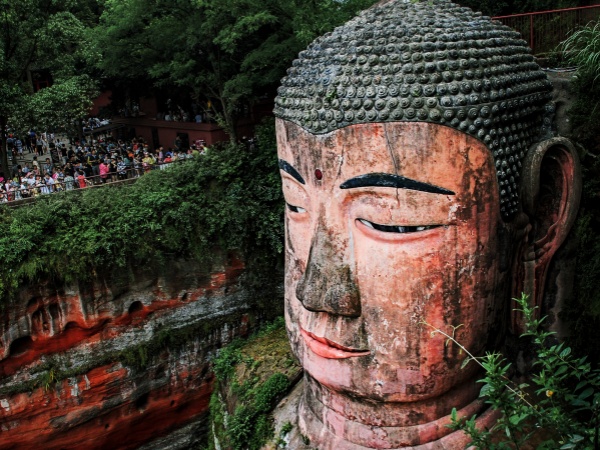World Heritage Sites in China
On December 12, 1985, China officially acceded to the "Convention for the Protection of the World Cultural and Natural Heritage". The following year, China began submitting applications for World Heritage sites to UNESCO. As of 2024, China had 59 World Heritage sites, ranking second among signatory countries to the convention, after Italy. Furthermore, China is one of the countries with the greatest diversity of World Heritage types, and is also the country with the largest number of both cultural and natural World Heritage sites.
Here we present some of China's World Heritage sites. If you have the idea to visit these sites, please contact us for a customized tour.
Cultural Heritages in China
Dunhuang Mogao Caves
The Mogao Caves, also known as the Thousand Buddha Caves, are located in Dunhuang. They are one of the four most famous caves in China (the other three are the Yungang Caves in Shanxi Province, the Longmen Caves in Henan Province, and the Maiji Shan Caves in Ningxia Province). These caves were carved into the desert cliffs, creating a spectacular landscape. They initially began to be excavated before the Qin Dynasty and, over multiple dynasties, were developed and protected, gradually forming a large-scale landscape. As the largest and most abundant treasure trove of Buddhist art in China, Mogao Caves features 735 caves, 2,415 clay sculptures and murals covering 45,000 square meters. In 1987, they were included in the list of Cultural Heritage of Humanity.
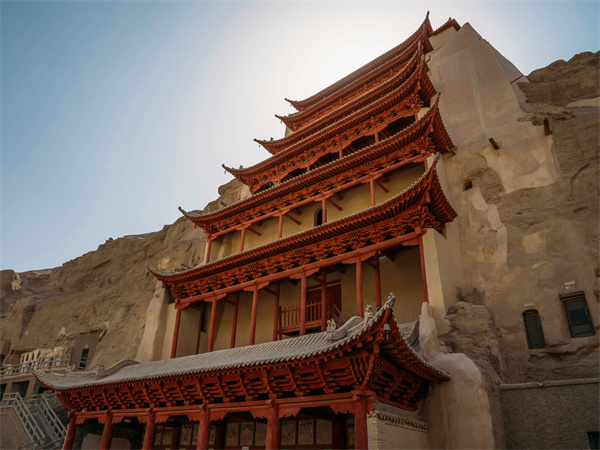
The Great Wall
As a symbol of China's splendid history and the wisdom of workers, the Great Wall stretches for thousands of kilometers, crossing deserts, mountains and plains. Initially, it was a series of earthen walls built by different states in ancient China. After Qin Shi Huangdi unified China (221-210 BC), these walls became known as the Great Wall and were used to defend against Xiongnu invasions. In reality, many of the sections of the Great Wall visited today were built during the Ming Dynasty. The Great Wall stretches from Shanhaiguan on the coast of Liaoning to Jiayuguan in Gansu Province, passing through Liaoning, Hebei, Beijing, Shanxi, Inner Mongolia Autonomous Region, Shaanxi, Ningxia Hui Autonomous Region and Gansu. The height of the main wall varies from five to ten meters and has a width of five to eight meters. Some parts are made entirely of dirt, while others are covered in bricks or rocks. It was included in the World Cultural Heritage list in December 1987.
Recommended Tour:
4 days Memorable Trip through Beijing
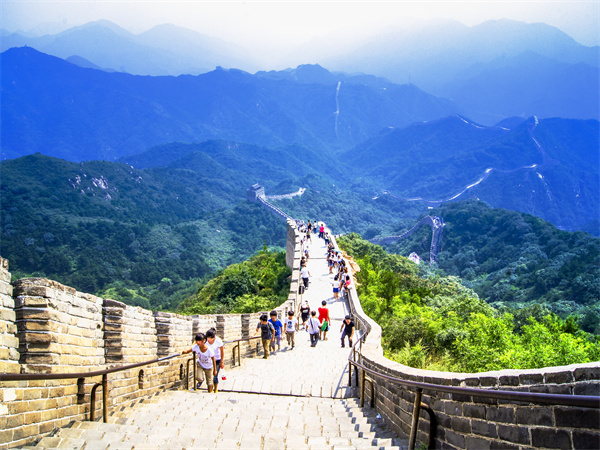
China's Natural Heritage
Jiuzhaigou
Jiuzhaigou National Park, also known as the Valley of Nine Villages, is located in China and is one of the most beautiful destinations in the country. It covers an area of 720 square kilometers and is dotted with Tibetan villages in the valleys. At the foot of the snow-capped peaks, there are turquoise lakes, known as the mirrors of the Tibetan goddess Semo. In addition to being home to 74 types of rare plants and 18 nationally protected animal species, this magical area also boasts ancient fossils and glacial geomorphological features. Jiuzhaigou is famous for the saying "You can't say you've seen the waters until you've visited Jiuzhaigou", and is known as the world of fairy tales and the king of water. On December 14, 1992, Jiuzhaigou was included in the UNESCO World Heritage list, becoming a precious treasure.
Recommanded Tour:
12 days Natural Landscapes of Jiuzhaigou and Zhangjiajie
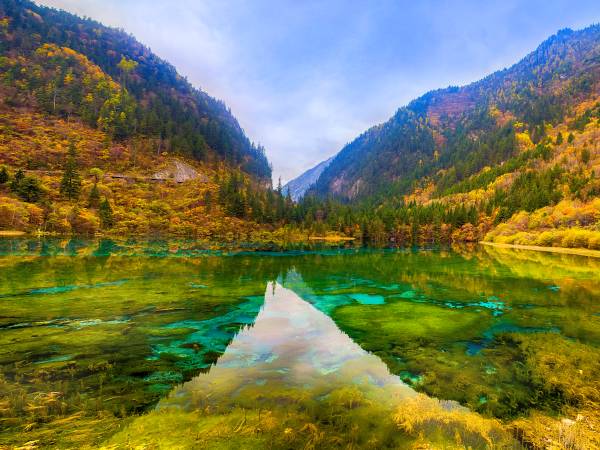
Sichuan Giant Panda Habitat
The giant panda is known as the emblem of the World Wildlife Fund (WWF), thanks to its adorable appearance and charming behavior. It is a species endemic to China, and genetic testing has shown that it is distantly related to bears. As the largest and most complete giant panda habitat in the world, it is composed of 7 natural protected areas and 9 scenic areas in Sichuan Province. More than 30% of the world's wild giant pandas live here. Furthermore, it is also a haven for other endangered species such as the red panda, snow leopard and clouded leopard. This place was designated as a World Natural Heritage Site on July 12, 2006.
Recommanded Tour:
12 days Encounter with Chinese Pandas

China's World Cultural and Natural Heritage
Huangshan (The Yellow Mountain)
The rugged, cloud-shrouded peaks of Huangshan (Yellow Mountain) are one of China's most beautiful mountain ranges, celebrated by poets and painters. Although its highest peak does not reach 1900 meters, the seventy magnificent peaks offer a spectacular climbing opportunity, and the winding concrete stairs are always packed with people. Despite being frequently covered in fog, this rugged and rugged area features bamboo forests, ancient gnarled pine trees and stunning landscapes. Spending the night at the top of the mountain is definitely worth it. Huangshan is a symbol of tourism in Anhui, and at the same time it is the only mountainous landscape among the ten scenic landscapes in China. The most representative points of interest in Huangshan include four extremely beautiful landscapes and three waterfalls: the Curious Pine, the Strange Rock, the Sea of Clouds and the Hot Springs; the Waterfalls of Character Ren, Hundred Zhang and Nine Dragons. There is a saying that after visiting the five famous mountains, you have not yet seen authentic mountain scenery until you have climbed Huangshan. Huangshan was inscribed on the UNESCO World Heritage List in December 1990.
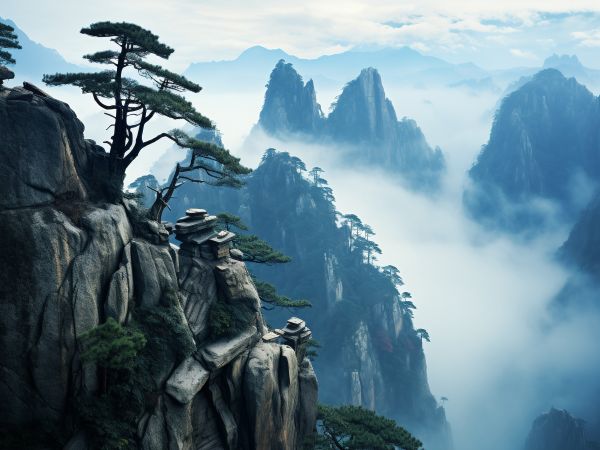
Mount Emei and Leshan Great Buddha
Mount Emei, with an altitude of 3099 meters, has been a sacred place for Taoism and Buddhism since the Eastern Han Dynasty. Many temples located on its slopes are dedicated to the bodhisattva of Universal Compassion, Puxian, who is said to have ascended the mountain in the 6th century riding a six-tusked elephant. Mount Emei is a botanical paradise, with more than 3,200 plant species, accounting for 10% of China's botanical diversity. Many plant species can be found in temple gardens, including the pigeon tree, gingko (thought to be extinct in the wild), and nanmu (a straight-trunked tree prized for making temple pillars). The most notable animals are the aggressive monkeys, which chase hikers in search of food. This 71-meter-tall Great Buddha is carved into the red sandstone wall of Mount Lingyun, overlooking the treacherous confluence of the Min, Dadu and Qingyi rivers. The monk Haitong decided in the year 713 AD. create a protective icon here to protect ships passing through this area. The Great Buddha rocks were used to fill the river bed and remove sandbanks. By the time the Great Buddha was completed, other temples had already been built around and on Mount Wuyou. It was designated a UNESCO World Heritage Site in 1996, and has a network of mountain trails.
